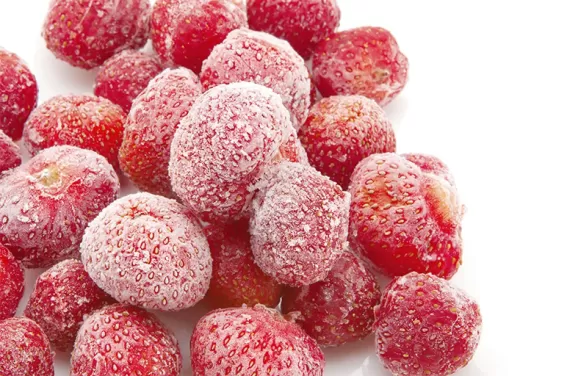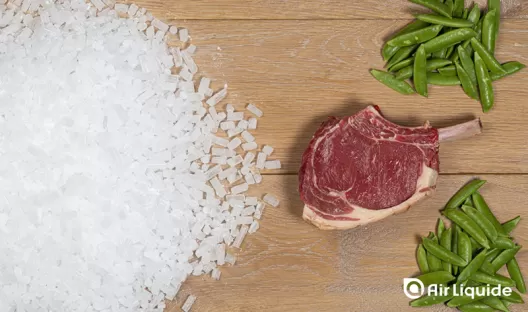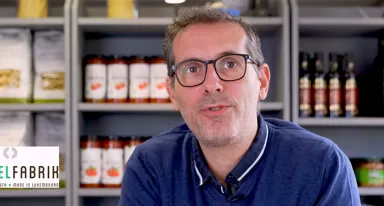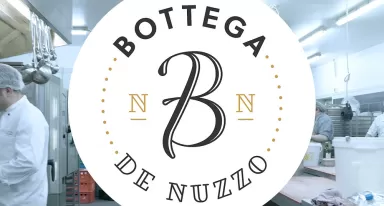
Dry ice cooling technology makes headway in the food sector

100% odourless and tasteless
Dry ice is becoming increasingly popular in the food sector. The refrigerant has already proven its usefulness in hospitality, catering and e-commerce, and is now also being used in the preparation of food products...
Unique benefits
“Dry ice offers a number of unique advantages,” explains Coen Dielissen, General Manager of ICS dry ice (part of the Air Liquide group). “It has a temperature of -78.5°C and consists of solid carbon dioxide. The material contains no moisture/water, inhibits bacterial growth and is completely odourless and tasteless. This is partly because no water/moisture is added or is left in the food, which is indeed the case with ordinary water ice. Dry ice also provides particularly fast and effective cooling and has a cooling capacity that is more than three times higher than that of water ice.”
“This makes dry ice very suitable for applications in the food industry, although it’s also used in the transport sector, the pharmaceutical industry and even for cleaning machines efficiently and hygienically, by means of dry ice blasting.”
Maximum cost control
“We produce dry ice in a CO2-neutral way and deliver it to customers on a daily basis. As a result, the customer doesn’t have to make any investments. Depending on the desired application, we compress the dry ice into pellets, granules, discs or blocks and then deliver the right quantities. This avoids excess cooling capacity and means we can ensure maximum cost control for our customers.”
Mixing processes and internal food transport

“When preparing food with professional processing machines, such as dough kneaders, meat cutters and mixers, temperatures often rise because of the heat generated by these processes. Dry ice is the ideal solution because it can be mixed with the food during processing, without affecting the taste or composition of the final product. Prescribed minimum temperatures are never exceeded and the structure, composition and taste remain perfect. Moreover, ICS supplies its dry ice with an FSSC22000 food safety certificate.”
“In addition, dry ice can also be used to prevent the temperature of intermediate products – such as fish or meat – from rising too high during internal food transport. This prevents food waste and improves general quality.”
Events & Catering
“During events on location, food products often go to waste because temperatures are too high. Dry ice is particularly well suited to avoid this problem. Last but not least, dry ice is also used in molecular gastronomy. The low temperature of dry ice (-78.5°C) allows new, exciting dishes to be created that were never before possible.”
Automation
“Customers who mix and blend larger quantities of food products under strict temperature conditions can opt to use our hygienic injection system,” says Andy Augustus, Food & Pharma Marketing Manager NWE.
“The supply of liquid nitrogen or carbon dioxide in dough, meat and cheese mixers can even be automated. This increases cooling quality, while simplifying handling. The liquid gas is usually injected at the bottom side of the machine, directly into the food ingredients to be mixed. As a result, there’s a better cold transfer, which results in higher efficiency compared with the usual injection systems. Air Liquide has also entered into a cooperation with GEA, a leading manufacturer of food machines.”
Learn more about cryogenic processing:
- Cryogenic processing techniques for food manufacturing: which process do you need?
To keep your food fresh & frozen during transport, Dry Ice is the solution! Request a free consultation now.
This free and non-binding audit is available only for professionals








